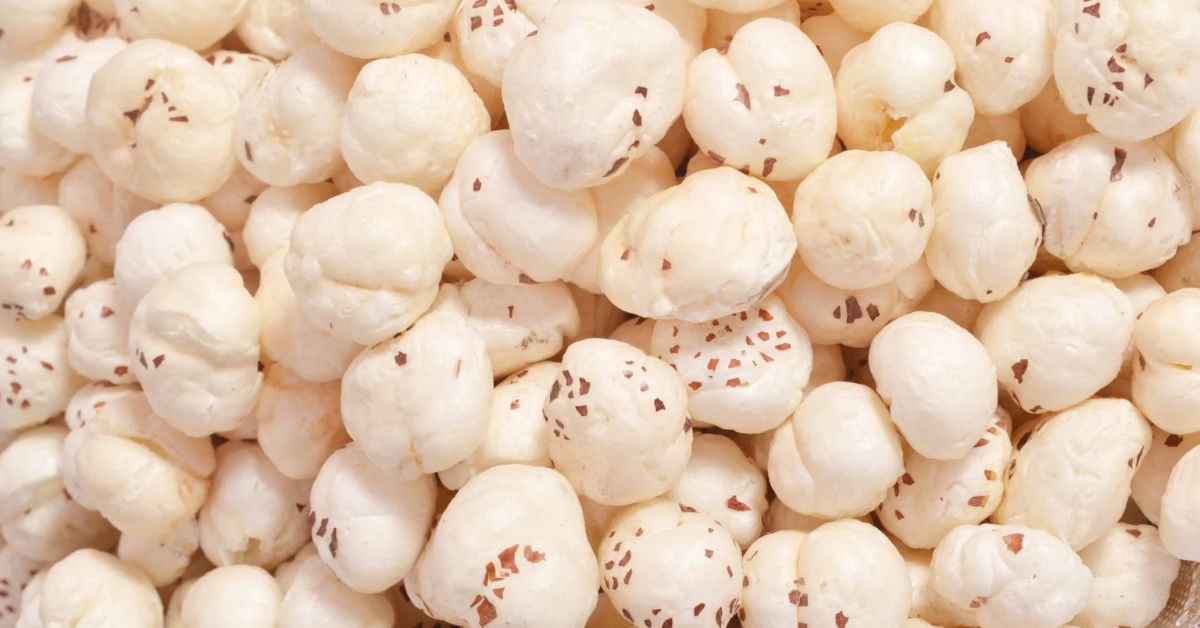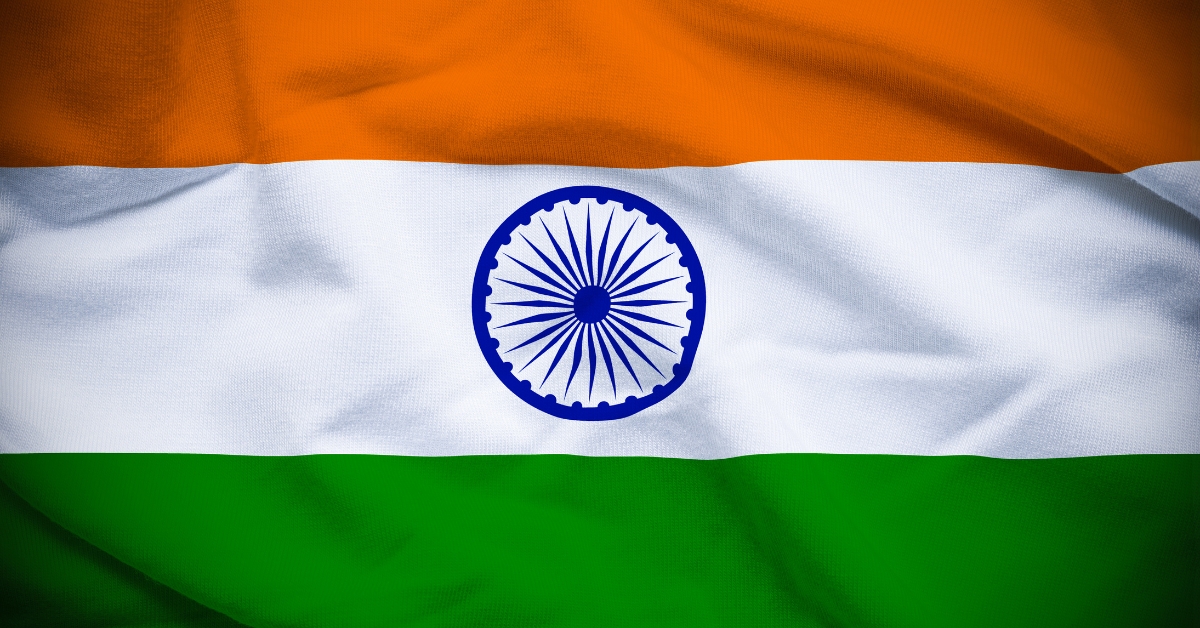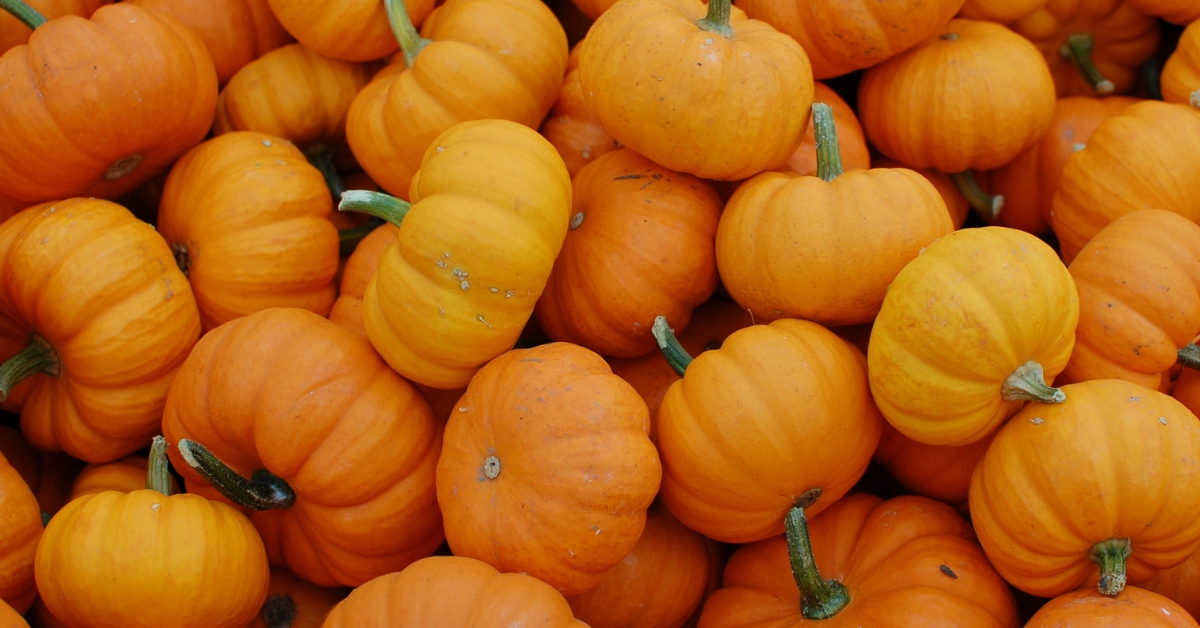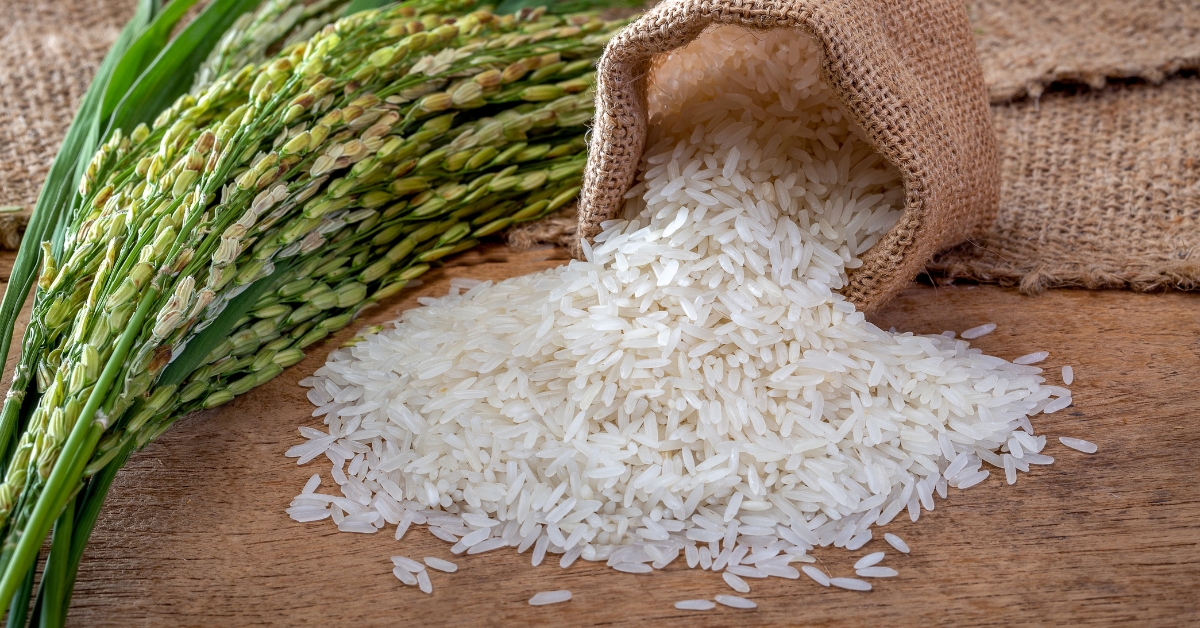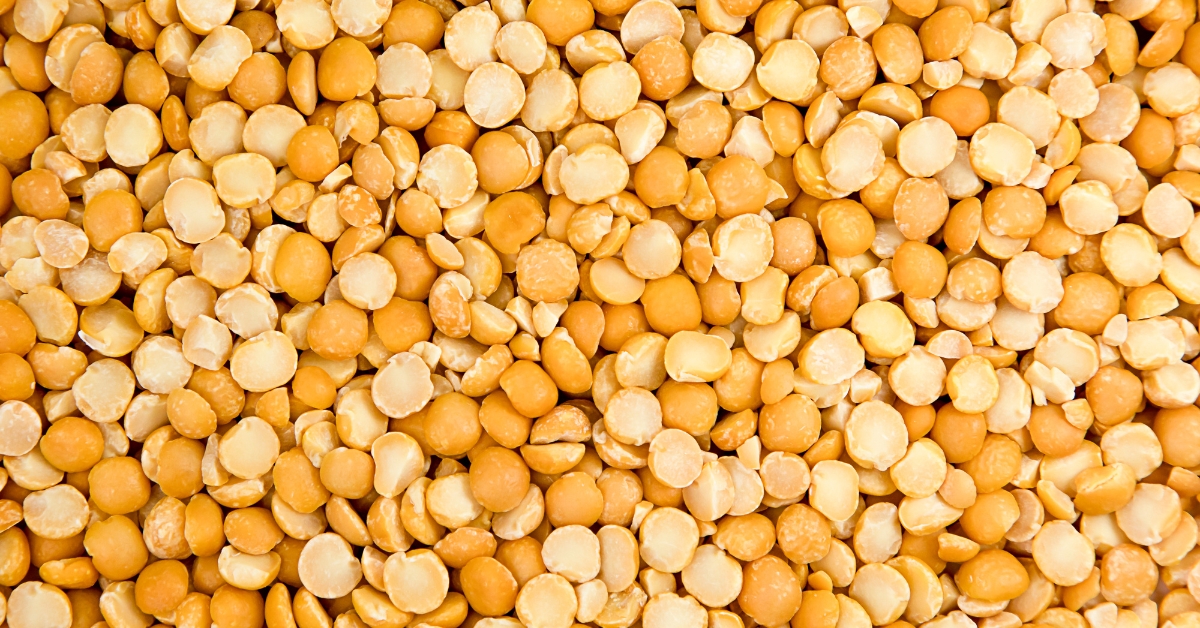Dive into the exciting world of makhana exports from India, where this nutrient-packed superfood is winning hearts globally. From Bihar’s ponds to international shelves.
Table Of Contents
Introduction
Hello, folks!
If you are like us, you have probably snacked on those light, crunchy pops known as Makhana during a movie night or as a quick bite between meals.
However, did you know this humble seed is becoming a global sensation?
Here at THOUSIF INTERNATIONAL IMPORTS AND EXPORTS (thousifexim.com), we are passionate about sharing stories from our vibrant agricultural scene.
Today, we are talking all about makhana exports.
India leads the world in producing and exporting this superfood, which is not just a snack but a powerhouse of nutrition that boosts economies and health.
Makhana, often called fox nuts or lotus seeds, is a seed from the lotus plant that has been a staple in Indian diets for centuries.
With the rise in health-conscious eating worldwide, demand for Makhana has skyrocketed.
This post will discuss everything from its origins to the latest export trends, health perks, and even how you could get involved in the business.
We will keep things simple, straightforward, and packed with useful info.
So, please grab a cup of tea (or maybe some roasted makhana), and let us dive in!
As those who have followed India’s export stories for years, we can tell you that Makhana is more than just food; it symbolizes our country’s rich biodiversity and hardworking farmers.
Bihar, in particular, is the heart of makhana production, where communities have perfected the art of harvesting these seeds from ponds.
Moreover, with exports growing steadily, it creates jobs and puts India on the map as a superfood supplier.
Stick around, and by the end, you will see why Makhana is poised to be the next big thing in global markets.
What Is Makhana?
Let us start with the basics.
Makhana is the edible seed of the lotus plant, scientifically known as Euryale ferox.
It grows in shallow ponds and wetlands, where the plant’s large leaves float on the water’s surface.
The seeds are harvested, dried, roasted, and popped to create those airy, white puffs we love.
In India, they are often roasted with ghee and spices for a tasty snack, but globally, they are found in salads, trail mixes, and even desserts.
What makes Makhana special is its versatility.
It is gluten-free, low in calories, and packs a punch of nutrients without any heavy fats.
People use it in sweet dishes like kheer (a rice pudding alternative) or savory ones like curries.
Moreover, unlike many snacks, it does not leave you feeling guilty; it is all-natural and plant-based.
If you have never tried it, think of it as nature’s popcorn, but healthier and with a subtle nutty flavor.
In our daily lives, Makhana is perfect for anyone watching their weight or needing a quick energy boost.
Kids love it as a school snack, and adults appreciate it during fasting periods in Indian traditions.
However, beyond the kitchen, the export potential is really exciting.
As more people worldwide discover its benefits, India’s role as the top producer is shining brighter than ever.
History Of Makhana Cultivation In India
Makhana’s story in India goes back over 200 years, rooted deeply in the cultural and agricultural heritage of the Mithila region in Bihar.
It all began in Madhubani, a place known for its art and now for being the cradle of makhana farming.
Back in the 18th century, under local kings, farmers started cultivating it commercially in ponds.
The practice spread because the lotus plant thrives in stagnant water, which is plentiful in Bihar’s low-lying areas.
Historically, Makhana was more than food; it held spiritual significance.
Lotus seeds symbolize purity in Hindu and Buddhist traditions and are often used in religious offerings.
Over time, cultivation techniques evolved from wild harvesting to organized farming.
By the 20th century, Bihar became the hub, with families from the Mallah community (traditional fishermen) taking the lead.
These folks dive into ponds to collect the prickly seeds, a labor-intensive process passed down through generations.
One key figure in modernizing Makhana is Dr. Manoj Kumar, a researcher who spent a decade improving farming methods.
His work has made production more sustainable, reducing labor and increasing yields.
Today, thanks to such innovations, Makhana is not just a local delicacy but a global export.
It is fascinating how something so ancient has adapted to modern demands, blending tradition with technology.
Looking back, it is clear that Makhana’s history is tied to India’s wetlands.
States like West Bengal and Assam joined later, but Bihar remains the leader.
This rich past adds to its appeal; buying Makhana means supporting a legacy of resilience and ingenuity.
Production Regions In India
India produces about 90% of the world’s Makhana, and Bihar is the star player, accounting for around 85-90%.
The state’s Mithila region, including districts like Darbhanga, Madhubani, Purnia, Katihar, Saharsa, Supaul, Araria, Kishanganj, and Sitamarhi, is ideal due to its numerous ponds and swamps.
Farmers here use traditional methods: sowing seeds in water bodies during the monsoon, harvesting in winter, and processing by hand.
Other states contribute, too.
With its eastern wetlands, West Bengal grows Makhana in North 24 Parganas.
In the northeast, Manipur, Tripura, and Assam have natural lakes perfect for cultivation.
Even Jammu and Kashmir, Uttar Pradesh, Madhya Pradesh, Rajasthan, and Odisha have smaller pockets of production.
What makes these regions special?
The climate, with warm, humid summers and cool winters, helps the lotus thrive.
However, it is the people who make it happen.
In Bihar, the Mallah community handles most of the work, from diving for seeds to roasting them.
Production has doubled in the last decade thanks to better seeds and government support.
If you are curious about numbers, Bihar alone produces thousands of tonnes annually, improving yields through field-based techniques over traditional pond methods.
This regional focus not only sustains livelihoods but also ensures quality for exports.
Health Benefits Of Makhana
Now, let us talk about why Makhana is called a superfood.
It is loaded with goodness that supports your body in multiple ways.
First off, it is great for weight management.
It is low in calories and fat but high in protein and fiber, keeping you full without adding extra pounds.
A handful can effectively curb those mid-day cravings.
For heart health, Makhana shines with its potassium and magnesium content.
These minerals help regulate blood pressure and reduce the risk of cardiovascular issues.
Plus, it is naturally low in sodium, making it a smart choice over salty snacks.
Digestion gets a boost, too.
The fiber in Makhana aids bowel movements and prevents constipation.
It is easy on the stomach, even for kids and the elderly.
Moreover, if you are dealing with blood sugar levels, its low glycemic index means it will not spike your glucose, perfect for people with diabetes.
Antioxidants are another big win.
Compounds like gallic acid fight free radicals, slowing aging and protecting skin.
It even has anti-inflammatory properties that can ease joint pain or arthritis symptoms.
Calcium and phosphorus strengthen bones, while protein supports muscle health.
According to traditional uses, women might appreciate carbs’ role in fertility and libido.
For overall energy, carbs provide a steady release without crashes.
However, remember, while Makhana is healthy, moderation is key.
Some folks with allergies or digestive sensitivities might need to watch out. Always consult a doctor if unsure.
Nutritional Value Of Makhana
Here is a breakdown of Makhana’s nutrition in a simple table to make it easy to understand.
These values are for about 100 grams of roasted Makhana; remember that they can vary slightly depending on processing.
| Nutrient | 100g | Benefits |
|---|---|---|
| Calories | 350 | Provides energy without excess fat |
| Protein | 9-10g | Builds muscles and repairs tissues |
| Carbohydrates | 76g | Steady energy source |
| Fat | 0.1g | Virtually fat-free |
| Fiber | 14g | Aids digestion and fullness |
| Calcium | 60mg | Strengthens bones |
| Magnesium | 210mg | Supports the heart and nerves |
| Potassium | 500mg | Regulates blood pressure |
| Phosphorus | 100mg | Bone health and energy metabolism |
| Iron | 1.4mg | Prevents anemia |
As you can see, Makhana is a balanced snack.
Compared to popcorn or chips, it offers more nutrients with fewer downsides.
No wonder it is gaining fans worldwide!
The Export Scenario: Statistics And Growth
India’s makhana exports are on a roll.
In 2024, we exported around 15,350 tonnes, earning about $32.31 million, a 5% jump from previous years.
Projections show even more growth by 2025, with the market expected to hit $97 billion globally by 2030 at a 7-10% annual rate.
Why the boom?
Health trends like veganism and gluten-free diets are driving demand.
India’s over 90% global production dominance gives us an edge.
In FY25, exports grew 27% year-on-year, reaching ₹255 crore ($30.5 million).
The USA leads as the top buyer, followed by the UAE, the UK, Japan, and Australia.
Ports like Mundra, Nhava Sheva, and Kolkata handle most shipments.
However, raw seeds are not the only popular seeds; flavored and packaged Makhana is also popular.
Trump’s proposed tariffs in 2025 could hit US exports, but the outlook is positive overall, with new markets in Europe and Asia.
We see steady increases from 25,000 tonnes annually, thanks to better quality controls and branding.
This is creating jobs in processing and logistics and benefiting rural economies.
Major Importing Countries
Makhana from India reaches over 50 countries, but a few stand out.
The United States is the biggest, importing thousands of tonnes for health stores and snacks.
With its large Indian diaspora, demand is high in cities like New York and California.
The UAE is next, used in Middle Eastern cuisine and as gifts.
The UK, with its South Asian communities, loves it for teas and diets.
Canada follows, especially in Toronto, importing 10% of our total.
Australia, Japan, and South Korea are growing markets, drawn to its superfood status.
Singapore, Malaysia, Germany, and Nepal also import steadily.
These countries value Makhana for its shelf life and nutrition, often selling it as a premium product.
Exports to these nations have risen due to trade agreements and e-commerce.
It is exciting to see an Indian staple on global shelves!
Key Players In Makhana Export
Several companies are leading the charge in makhana exports.
Shakti Sudha is a big name, focusing on organic varieties.
Mera Kisan offers farm-fresh products to international buyers.
Mithila Naturals emphasizes traditional processing, while Farmley innovates with flavors.
Other players include Quality Spices and Food Exports, Kitchen Xpress, and Shree Shyam Impex.
Cilantro Food Products and House of Pura handle bulk shipments.
These firms ensure quality through certifications, helping India maintain its top spot.
Farmers’ cooperatives in Bihar, like those led by the Mallah community, supply raw material.
Key individuals like Dr. Manoj Kumar have influenced research, making exports more efficient.
How To Start A Makhana Export Business In India
Are you thinking of jumping in?
It is doable with the right steps.
First, register your business as a sole proprietorship or company.
Then, get an Import Export Code (IEC) from the DGFT, essential for international trade.
Next, obtain RCMC from APEDA, as Makhana falls under agricultural exports.
For quality, get FSSAI certification and FDA approval if targeting the US.
Source makhana from reliable Bihar suppliers, ensuring it is organic if possible.
Find buyers through trade fairs, online platforms like Alibaba, or agents. Negotiate prices, pack securely (Makhana is lightweight but needs moisture-proof bags), and arrange shipping via sea or air.
Handle paperwork, such as invoices, packing lists, and certificates of origin.
Use ports like Mundra for efficiency.
Start small, build relationships, and focus on branding.
With an investment of around ₹10-20 lakhs for setup, you could see good returns as demand grows.
Challenges like fluctuating prices exist, but with persistence, it is rewarding.
Challenges In Makhana Export
Exporting Makhana is not easy.
One big hurdle is low productivity; traditional farming yields less, and mechanization is limited.
Labor shortages during harvest seasons add to costs.
Quality control is another issue; without proper processing, seeds can spoil, affecting exports.
The lack of a dedicated HS code makes tracking difficult, and intermediaries often squeeze farmers’ profits.
Market barriers like tariffs (e.g., potential US 25% hike) and competition from China pose risks.
Infrastructure gaps in rural areas delay shipments, and price fluctuations due to weather hurt planning.
However, solutions are emerging: government schemes for mechanization, better value chains, and branding help.
Education for farmers on global standards is key to overcoming these.
Future Trends In Makhana Exports
Looking ahead, makhana exports are set to soar.
The global market could reach $150 million in 2030, with India leading.
To attract younger consumers, trends include flavored varieties like masala or cheese.
Sustainable farming will rise, with organic certifications boosting premiums.
New techniques, like field cultivation, promise higher yields.
E-commerce and direct-to-consumer sales will expand reach.
Asia-Pacific and Europe are emerging markets, driven by wellness trends.
Innovations in packaging for longer shelf life and ready-to-eat products will help.
With government support in budgets, expect 10-12% annual growth.
Interesting Trivia
Did you know that makhana seeds are so tough before processing that they are called “black diamonds”? Workers use wooden mallets to crack them open, and one plant can produce up to 1,000 seeds! Also, in ancient times, it was a royal snack in Indian courts.
Conclusion
Whew, that was a deep dive into makhana exports, wasn’t it?
This superfood shows India’s agricultural strength, from its humble beginnings in Bihar’s ponds to conquering global markets.
We have covered the history, benefits, stats, and even how to get started.
We hope it has sparked some ideas!
At THOUSIF INTERNATIONAL IMPORTS AND EXPORTS (thousifexim.com), we celebrate stories that connect our farms to the world.
If you enjoyed this, check out our other spices, grains, and more articles.
Drop a comment below.
What is your favorite way to eat Makhana?
Stay healthy and explore!
